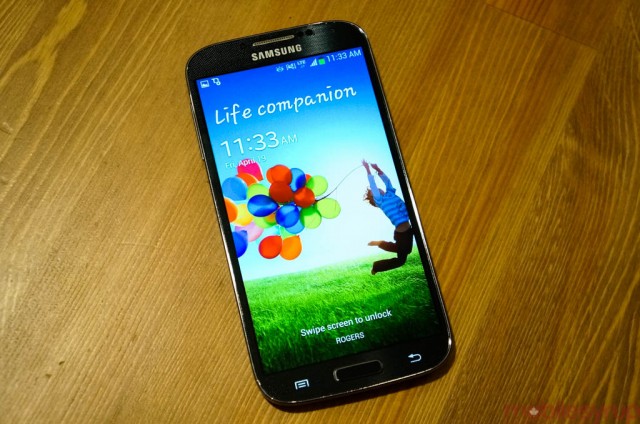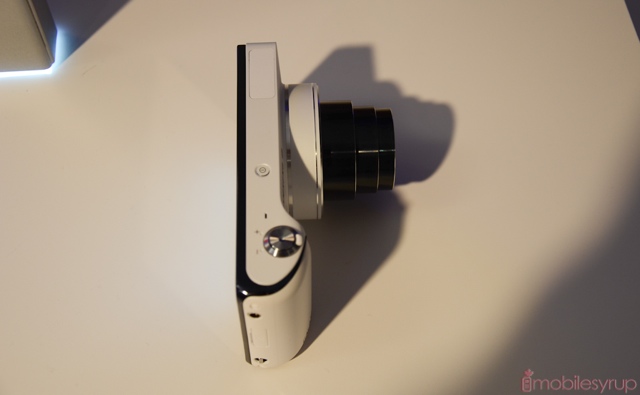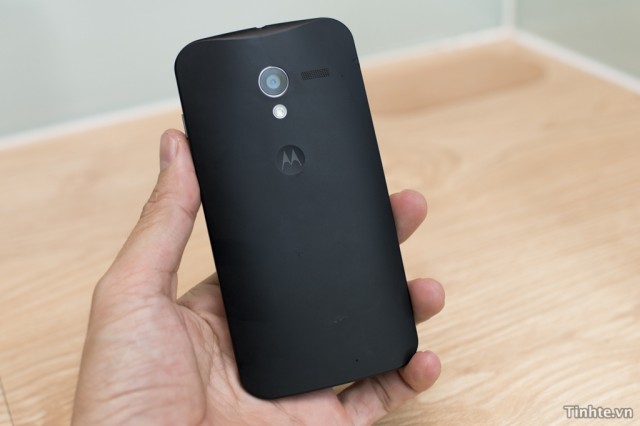
If you’ve been living in a cave for the past six years, you may be forgiven for missing the largest change to individual behaviour since the television invaded our collective living rooms. The smartphone is ubiquitous, the computer in our pocket that never goes to sleep (until, of course, it runs out of juice) and rarely leaves us alone.
The addicts that have arisen from this revolution are far more accepted within the boundaries of “normal” culture, and are rarely pariahs unless attending a dinner at the parents’. The smartphone itch is real; the phantom vibration a constant torment to millions.
If you’re an assiduous observer of human behaviour, this is familiar to you: the hazy affect of bus riders enthralled in the latest Buzzfeed article, or the slightly perturbed look of a Candy Crush convert seeking that evasive reward. People are increasingly reliant on their smartphones, but companies too are increasingly reliant on them for their revenue. The iPhone comprises around two-thirds of Apple’s quarterly profit, and Samsung’s wireless business makes up around 70% of the company’s revenue.
While innovation isn’t necessarily slowing, the problem Samsung, Apple and other OEMs are facing is similar to what happened with the PC in the last decade: they’re almost perfect. This isn’t just a blasé statement defending slowing sales in a saturated market, but the truth: the Galaxy S4 was not superior enough from its predecessor, objectively and subjectively; and despite sales of over 35 million iPhones in Q2, the iPhone 5 hasn’t convinced enough users to upgrade their iPhone 4s and 4Ses. These are the best phones from the only two manufacturers making any money in this industry, and both devices were “disappointing” to many pundits.

Of course, there is the presence of contracts: in North America, users enter into two- and three- year contracts, many of which would only now be close to ending if they went with an OG Galaxy S or iPhone 4. That’s right: if you purchased an original Samsung Galaxy S in July 2010, you’d only now be concluding your contract. Contracts have hardly prevent users from upgrading their phones early, either by terminating contracts and paying a cancellation fee, or selling the phone as a downpayment towards a new one, but many are lured in by low upfront costs and can’t justify the added expenditure unless absolutely necessary.
Much of the blame, if one can call it that, can be placed on software, too. An iPhone 4S running iOS 6.1 is still an incredibly fast piece of hardware; similarly, the Galaxy S3 running Android 4.2, or even 4.1, is perfectly capable of practically anything the Play Store can throw at it.
As hardware commoditizes and optimized software meets accessible high-performing mid-range smartphones, the flagship becomes more about diversification, a deluge of “feature creep.” Nowhere has this been more apparent than with the Galaxy S4, whose chaotic feature set includes eye tracking and hand waving. Because the core tenets of what we believe a smartphone to be good at — calling, browsing, gaming — has peaked, companies must seek new ways of convincing users to upgrade.
It struck me that Motorola intends to do this with the Moto X, its oft-leaked upcoming flagship. What we know about the phone is confusing: it will have mid-range specs, comparable to the Galaxy S3 or thereabouts; it will allow users to customize its chassis based on colour and perhaps even build material; and it will be built in the United States. The latter two will be nice from a marketing perspective, but the real juice of the story is the experience: Moto X, in spite of its mid-range specs, will be optimized to the nines. It promises to be a fun phone to use, a classic combination of hardware and software. Depending on the price, Motorola could walk away with a coup just by creating the best Android experience ever seen. Motorola already seems to be on to something with the “OK, Google Now” and its context-aware notifications. It’s taking what makes the iPhone so good — and what Samsung struggles to accomplish — and uses Android’s increasingly GPU-optimized UI to its advantage.

A device like Moto X couldn’t have existed a year ago, and that is terrifying for Apple and Samsung, both of which are feeling the pressure from a market becoming saturated in the high-end. Both companies are innovators, and will bounce back — though the issue is more about perception than poor sales, as both company posted record revenue and profit in recent quarters — but the continued need to top previous records is forcing them to lose focus. Just look at the Frankenstein Monster that is the Galaxy S4 Zoom to realize that.
While there are still millions of North Americans without a smartphone, those who have one are becoming less incentivized to upgrade, which is forcing American carriers to devise new ways to get them in the doors. T-Mobile is offering a twice-year upgrade plan called Jump, which combines insurance with high-value trade-ins that push new phones to consumers faster. AT&T and Verizon have followed suit with their own variations, while Canadian carriers are now transitioning to a two-year contract model in anticipation of the Wireless Code of Conduct. This turn of events will also get Canadians upgrading their devices more often, but it’s safe to say that the need, if not the demand, for high-end smartphones is waning.
I’ve heard the refrain often: give me a mid-range Android phone with two-day battery life and a great camera and you’ve got yourself a deal. With the proliferation of high resolution screens, increasingly efficient processors, high-performance GPUs and low-cost, quality CMOS sensors, that day is sure to soon arrive. Indeed, it almost did with the Nexus 4, held back by those two very qualities: poor battery life and awful camera quality. But a $300 phone that does everything you need, without forcing you into a contract, is a sign of the times. The next Nexus will have LTE, a better battery and an improved camera, and once again we’ll be asking ourselves if we need to spend $700 on a phone.
MobileSyrup may earn a commission from purchases made via our links, which helps fund the journalism we provide free on our website. These links do not influence our editorial content. Support us here.


